Replacing a roof on a 2,200-square-foot house involves several factors that influence costs. Material choices, labor expenses, and local market rates play a pivotal role.
Understanding these elements will shed light on what to anticipate when planning for a roof replacement project. Here, we’ll present all the expenses involved in this endeavor.
How Much Does It Cost to Replace a Roof on a 2,200 Square Foot House?
For a 2200-square-foot roof replacement, homeowners can expect to pay around $5700 to $9100 on average. Various factors contribute to the total cost, so if your home requires a new roof, it’s essential to consider these variables in the calculation:
Different Factors Involved in Roof Replacement Costs
Replacing a roof is a significant home improvement project that involves several key factors influencing the overall cost. Whether due to wear and tear, damage, or simply the need for an upgrade, understanding these variables is essential for homeowners planning a roof replacement.
The cost of such a project can vary widely, and it’s important to consider these factors to get an accurate estimate and make informed decisions.
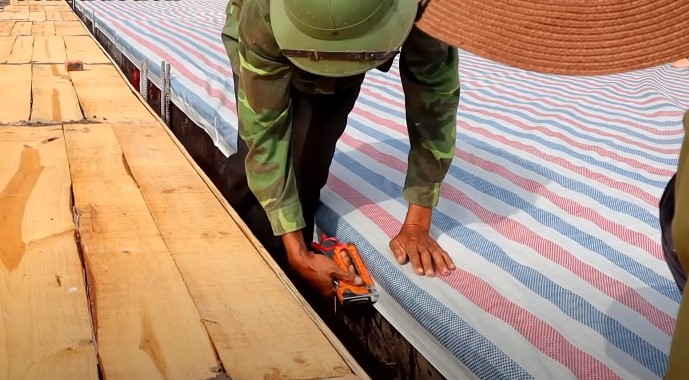
Roof Size and Pitch
The size of your roof is one of the most straightforward factors affecting the cost of replacement. Larger roofs naturally require more materials and labor, resulting in higher expenses. Moreover, the pitch or slope of the roof impacts the complexity of the job.
Roofs with steeper pitches often demand specialized equipment and increased labor hours, contributing to higher costs.
Material Selection
The type of roofing material you choose significantly influences the cost of replacement. Common options include asphalt shingles, metal, wood, and slate [1]. Asphalt shingles are typically the most budget-friendly choice, while premium materials like slate can be considerably more expensive.
Each material comes with its advantages and disadvantages in terms of durability, aesthetics, and maintenance requirements, so it’s important to find a balance between cost and the desired features.
Removal of Old Roofing
Before installing a new roof, the old roofing material must be removed. This process involves labor, disposal fees, and potential repairs to the underlying structure. If multiple layers of old roofing need to be removed, the cost will increase accordingly.
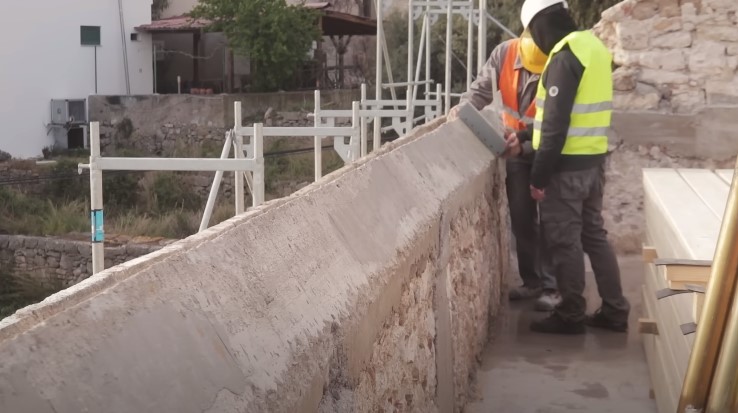
However, opting for a complete removal ensures a clean slate for the new roofing installation and prevents potential issues down the line.
Roofing Underlayment and Ventilation
Proper roofing underlayment is crucial for ensuring the longevity and effectiveness of a new roof.
High-quality underlayment helps prevent water intrusion and enhances insulation. Additionally, adequate ventilation is essential to maintain a healthy roofing system, as it prevents moisture buildup and regulates temperature.
Investing in quality underlayment and ventilation can add to the overall cost but provide long-term benefits and peace of mind.
Labor Costs and Contractor Selection
Labor costs can vary depending on factors such as location, labor market rates, and the complexity of the project. Skilled and experienced contractors may charge higher fees, but their expertise can result in a smoother and more reliable installation.
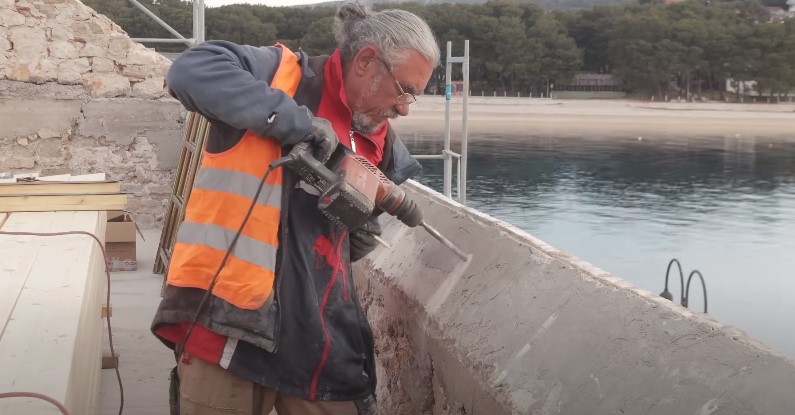
It’s advisable to obtain multiple quotes from reputable contractors and carefully consider the balance between cost and expertise.
Roof Accessories and Features
Roofing accessories and additional features can contribute to the overall cost of replacement. Items such as flashing, gutters, skylights, and chimneys require careful installation to ensure proper functionality and prevent leaks.
These components may require extra materials and labor, impacting the final cost.
Geographic Location
The cost of a roof replacement can vary significantly depending on your geographic location. Different regions have distinct labor and material costs due to factors such as local regulations, availability of materials, and prevailing wage rates.
Before starting the project, research the cost trends in your area to have a more accurate estimate.
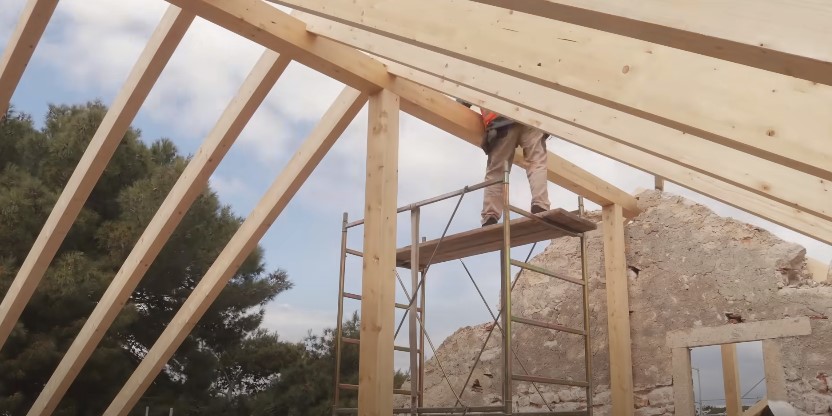
Permits and Regulations
Obtaining necessary permits and adhering to local building codes can contribute to the overall cost of a roof replacement. These permits ensure that the project is compliant with safety and structural requirements.
While permit costs are usually a minor part of the total expense, they are essential to avoid potential legal issues and ensure a successful project.
What is the Importance of a Quality Roof?
A quality roof is an essential component of any home, providing protection, comfort, and longevity. Overlooking the importance of a well-maintained and durable roof can lead to costly consequences and compromise the overall integrity of your property.
From safeguarding against the elements to enhancing energy efficiency, a high-quality roof plays a vital role in maintaining the structural integrity and value of your home.
Protection From the Elements
One of the primary functions of a roof is to shield your home from the ever-changing weather conditions. Rain, snow, wind, and sunlight can all take a toll on the structural components of a building.
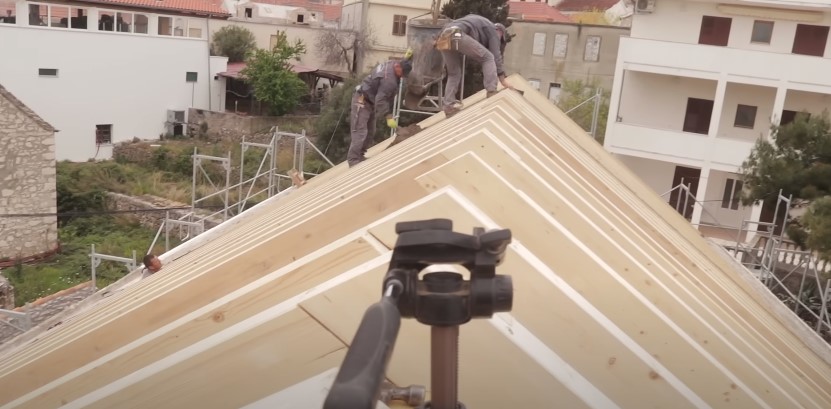
A quality roof acts as a barrier, preventing water from infiltrating your home and causing damage to walls, ceilings, and the foundation. Proper installation and regular maintenance ensure that your roof effectively resists the elements, contributing to the longevity of your home.
Preventing Leaks and Water Damage
A well-constructed roof with proper drainage systems helps to prevent leaks and water damage. Even minor leaks can lead to significant problems over time, such as mold growth, rot, and compromised structural integrity.
Regular inspections and maintenance, along with quality materials and expert installation, are essential to ensure your roof remains watertight and prevent water-related issues that can be both expensive and disruptive to repair.
Energy Efficiency and Insulation
A quality roof contributes to the energy efficiency of your home by providing proper insulation and ventilation. Insulation helps regulate indoor temperatures by preventing heat transfer between the interior and exterior of your home.
Inefficient insulation can lead to higher energy bills as your heating and cooling systems work harder to maintain a comfortable temperature. A well-constructed insulated roof will maintain the coolness in your room during the summer and the warmth during winter. Because of this, it will reduce the strain on your HVAC system, saving you money in the long run.
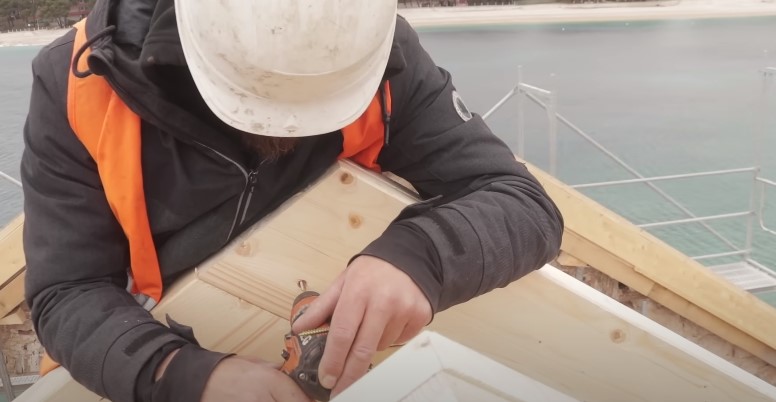
Structural Integrity and Home Value
The structural integrity of your home is closely tied to the condition of your roof. A compromised roof can lead to issues such as sagging, warping, and even collapse in extreme cases.
Regular maintenance and prompt repairs ensure that your roof remains structurally sound and capable of supporting the weight of the building. Additionally, a well-maintained and aesthetically pleasing roof enhances your home’s curb appeal and contributes to its overall value.
Longevity and Cost Savings
Investing in a high-quality roof may involve a significant upfront cost, but it pays off in the long run by extending the lifespan of your home’s covering. Quality roofing materials and skilled installation can result in a roof that lasts for decades.
Choosing cheaper materials or cutting corners during installation might lead to frequent repairs and early replacement, ultimately costing you more money over time.
Health and Safety
A properly maintained roof also contributes to the health and safety of the occupants. A leaky or damaged roof can lead to the growth of mold and mildew, which can negatively impact indoor air quality and pose health risks.
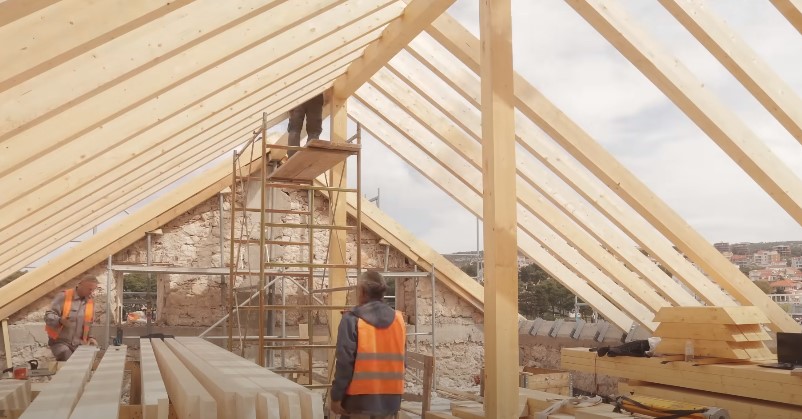
Additionally, a deteriorating roof might become a safety hazard if it collapses or sheds debris during severe weather events. Regular inspections and timely repairs help ensure that your home remains a safe and healthy environment for you and your family.
Peace of Mind
Knowing that your home is protected by a quality roof provides peace of mind. Harsh weather conditions, such as heavy rain, snowstorms, and high winds, can cause anxiety for homeowners with subpar roofing systems.
On the other hand, a well-maintained and durable roof offers confidence that your home is prepared to weather any storm, both literally and metaphorically.
What You Can Expect From a Low-Quality Roof?
A low-quality roof can have a range of negative consequences that impact your home’s integrity, comfort, and overall value. Cutting corners on roofing materials, installation, or maintenance may seem cost-effective in the short term, but the long-term repercussions can be significant.
Understanding what you can expect from a subpar roof highlights the importance of investing in a high-quality roofing system for your home.
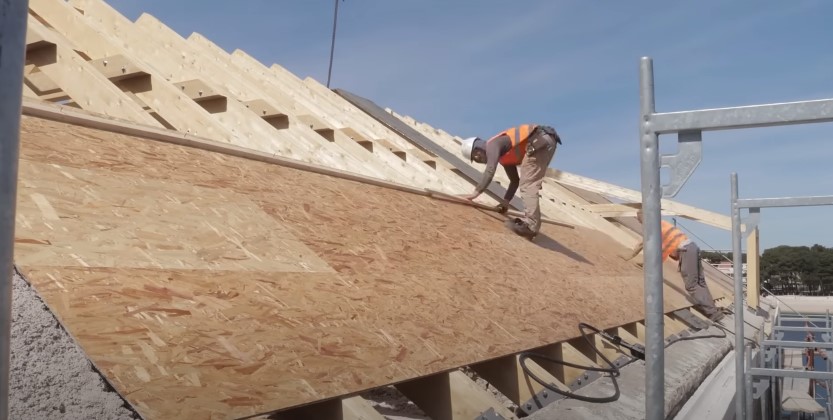
Compromised Protection Against the Elements
A low-quality roof is often less effective at protecting the elements. Leaks, water infiltration, and poor insulation can result from inferior materials and improper installation.
As a consequence, your home becomes more vulnerable to rain, snow, wind, and other weather conditions, potentially leading to costly water damage, mold growth, and deterioration of structural components.
Increased Maintenance and Repairs
A substandard roof requires more frequent maintenance and repairs. From shingles that curl and crack to flashing that fails to keep out water, low-quality roofing materials and workmanship lead to a litany of issues that demand attention.
The constant need for repairs not only drains your finances but also disrupts your daily life as you grapple with ongoing roof-related problems.
Reduced Energy Efficiency
Energy efficiency takes a hit when your roof is of low quality. Inadequate insulation and ventilation result in temperature imbalances within your home. During hot summer months, the heat penetrates through a poorly insulated roof, causing your cooling systems to work harder.

Similarly, in colder months, heat escapes more easily through a subpar roof, increasing your heating costs. This compromised energy efficiency leads to higher utility bills and a less comfortable living environment.
Structural Deterioration
A low-quality roof can contribute to the structural deterioration of your home. Water damage from leaks can weaken wood structures, leading to rot and decay. Over time, this weakens the overall integrity of the building, potentially causing sagging or even collapse.
Addressing these structural issues can be not only expensive but also disruptive to your daily life.
Decreased Home Value and Curb Appeal
The value of your home is closely tied to its appearance and condition. A low-quality roof not only fails to protect your investment but also negatively impacts its curb appeal.
Unsightly curling shingles, visible leaks, and other roofing issues can significantly detract from the overall aesthetic of your home.

When it comes time to sell, a deteriorating roof can lead to lower offers and extended market times.
Health and Safety Risks
A compromised roof can pose health and safety risks to the occupants of the home. Leaks and water infiltration can lead to the growth of mold and mildew, which negatively impact indoor air quality and pose health risks, particularly for those with respiratory issues.
Additionally, a weakened roof can become a safety hazard during severe weather events, potentially shedding debris or even collapsing.
Stress and Disruption
Living under a low-quality roof can be stressful and disruptive. Constant leaks, temperature imbalances, and ongoing repairs can take a toll on your peace of mind and quality of life. Dealing with the consequences of a subpar roof can be time-consuming, financially draining, and emotionally exhausting.
How to Find a Trustworthy Roofer?
When it comes to roof repairs or replacements, finding a trustworthy roofer is crucial for ensuring a successful and stress-free project. With numerous roofing contractors available, identifying the right professional requires careful consideration.
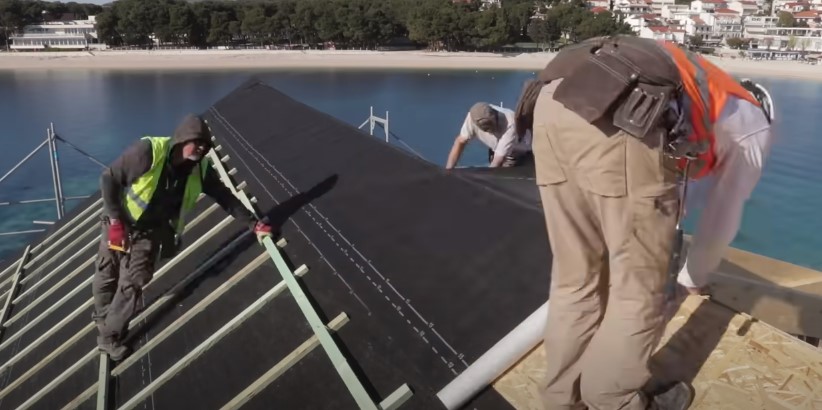
By following a few key steps and adhering to some essential criteria, you can confidently select a roofing expert who delivers quality work and maintains your peace of mind throughout the process.
Seek Recommendations and Referrals
Begin your search for a reliable roofer by seeking recommendations and referrals from friends, family, neighbors, or colleagues who have had positive experiences with roofing projects.
Personal referrals provide valuable insights into the professionalism, workmanship, and overall satisfaction of previous clients. Online reviews and local business directories can also offer additional feedback about roofing contractors in your area.
Check Licenses and Insurance
Ensure that any roofer you consider is properly licensed and insured. A valid license demonstrates that the contractor has met the requirements and possesses the expertise to perform roofing work.
Insurance coverage, including liability and workers’ compensation, protects you from potential liability in case of accidents or damages during the project. Ask for proof of insurance and verify the information with the relevant authorities.

Research Their Reputation
Research the reputation of potential roofers by checking their online presence, including their website and social media profiles. Look for any awards, certifications, or affiliations with industry organizations, as these indicate a commitment to professionalism and quality work. Be cautious of contractors with numerous negative reviews or unresolved complaints.
Ask for References
Request references from the roofer and contact their past clients to inquire about their experiences. Ask about the quality of work, adherence to deadlines, communication, and overall satisfaction with the roofing project.
Speaking directly with previous clients can provide valuable insights into the contractor’s reliability and work ethic.
Obtain Multiple Quotes
Collect quotes from multiple roofing contractors to compare prices, materials, and scope of work. Be cautious of quotes that seem too good to be true, as they may indicate low-quality materials or potential hidden costs.
A trustworthy roofer will provide a detailed breakdown of costs and explain any variations in pricing.
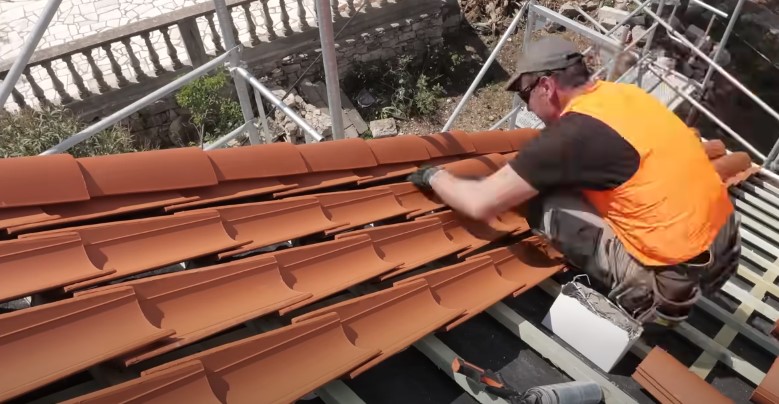
In-Person Consultations
Schedule in-person consultations with the roofing contractors you are considering. A face-to-face meeting allows you to assess their professionalism, communication skills, and expertise.
During the consultation, discuss your roofing needs, ask questions, and gauge their willingness to address your concerns.
Written Contracts
A reliable roofer will provide a written contract that outlines the scope of work, materials to be used, project timeline, payment terms, and any warranties offered. Review the contract carefully and ensure that all details are clearly stated before signing. Avoid contractors who are hesitant to provide written agreements.
Warranty and Guarantees
Inquire about the warranties and guarantees offered by the roofer. Reputable contractors stand behind their work and offer warranties on both materials and labor. A strong warranty demonstrates their confidence in the quality of their workmanship and the durability of the roofing materials.
Communication and Transparency
Effective communication is essential throughout the roofing project. Choose a roofer who is responsive, transparent, and willing to keep you informed at every stage. Open communication ensures that you are aware of progress, potential issues, and any necessary adjustments to the project plan.
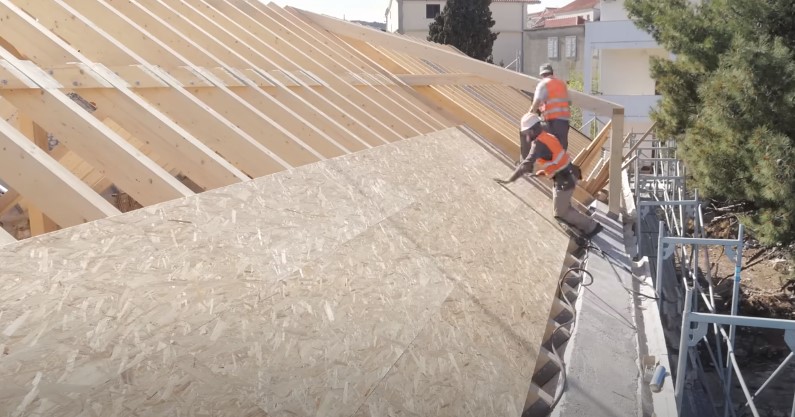
Trust Your Instincts
Ultimately, trust your instincts when selecting a roofer. If something feels off or if you have reservations about a contractor, it’s better to explore other options.
A trustworthy roofer will make you feel comfortable, address your concerns, and provide the assurance you need for a successful project.
How Long Does It Take to Install a New Roof?
The duration to install a new roof varies based on factors like the size of the roof, materials used, weather conditions, and the expertise of the roofing team.
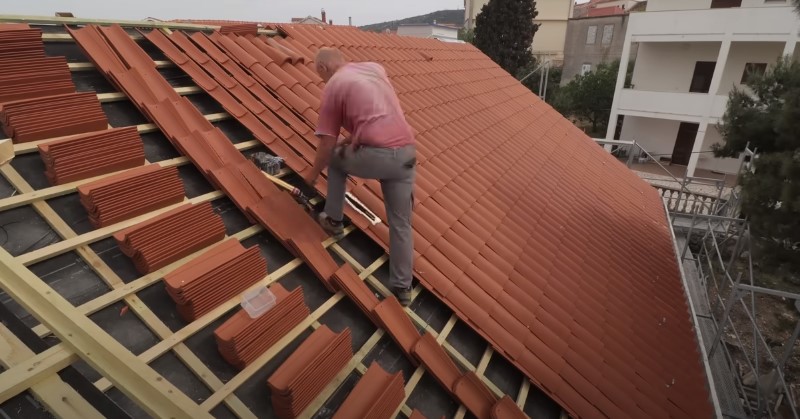
On average, a simple roof replacement can take a few days to a week, while more complex projects might extend the timeline.
Conclusion
The cost of replacing a roof on a 2,200-square-foot house varies due to factors like materials, labor, and location. Understanding these elements helps homeowners plan effectively and make informed decisions for a successful roof replacement project.

